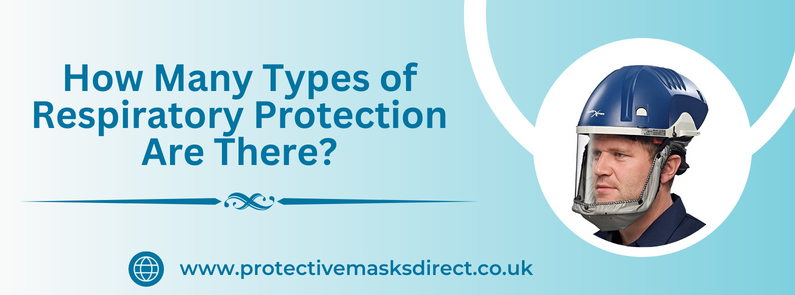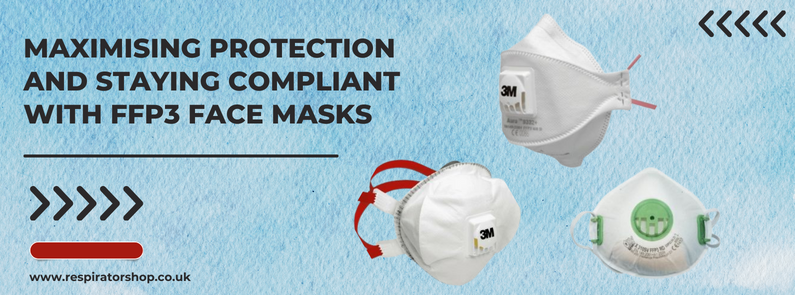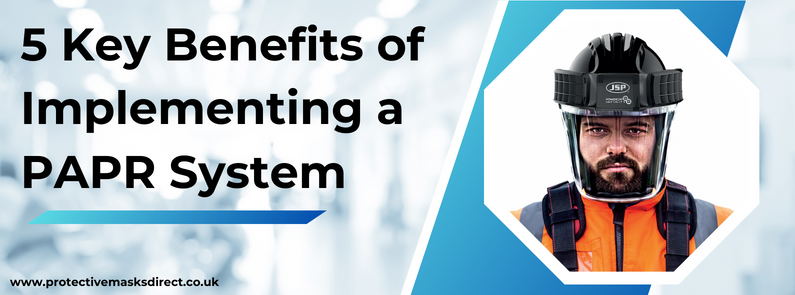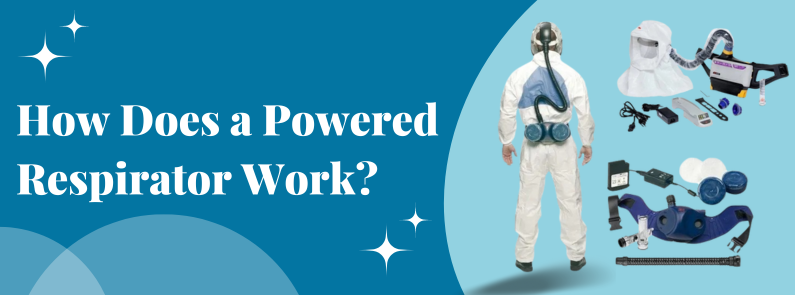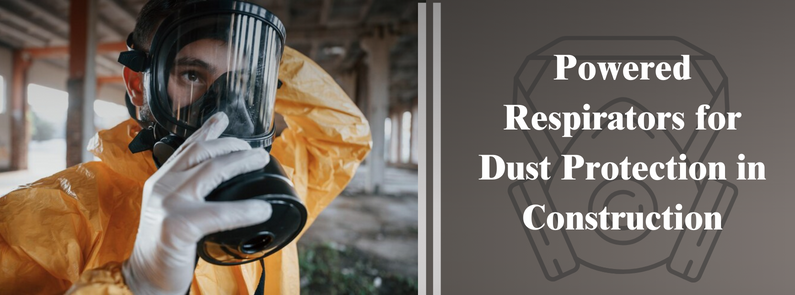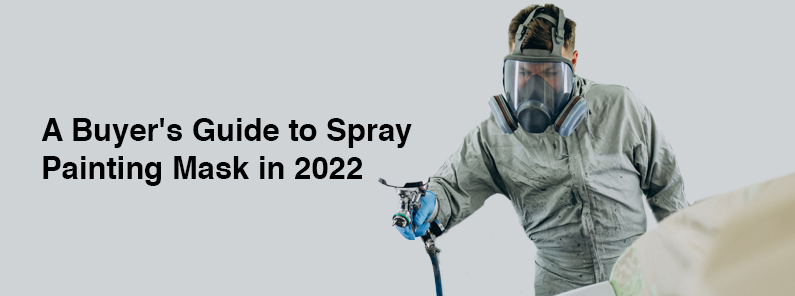
The weekend is the perfect time for millions of homeowners to paint their homes. Those who paint their homes do everything from the interior to the exterior. Those who paint their homes do everything from the interior to the exterior.
Many people unfortunately are unaware of the potential dangers of fumes and pigments in paint and don't take the necessary precautions with chemical spray masks and respirators. Paint masks are disposable after a few uses and prevent airborne particles from entering your lungs. They are small, cheap, and can be used again after a few uses. They can even reduce paint odors while they are worn. As a result of wearing a paint respirator, a person is protected from dust particles, microorganisms, fumes, vapors, and gases. A powered respirator provides a more effective way to protect the wearer.
Painting Respirators:
The Best Choice There are many occasions when you will need a painting respirator, but not all. Spraying paint requires a respirator at all times. This keeps not only organic fumes but also small paint particles from getting into your respiratory system. Also, consider using a respirator any time when using a high VOC type paint (such as an oil or lacquer). ZERO or low VOC paint shouldn't require you to wear a respirator when spraying, rolling or brushing it. With good ventilation, you don't need to wear a respirator.
3M Face Mask:
Spraying paint is dangerous business, so this 3M disposable half mask is the perfect protection. An inexpensive disposable mask like this is ideal since most homeowners do not spray that often. This paint respirator will protect employees from organic vapors (VOCs) present in paint. Additionally, it comes with pre-filters to capture dust particles. The mask can filter heavy pollutants for 8 hours or light pollutants for 40 hours. As soon as you smell vapors, you're in need of a new mask. It is also recommended that you use the mask by the expiration date and discard it after expiration.
When used for the recommended period or once they have reached their expiration date, the carbon pores in the mask cartridges are less effective at capturing organic compounds from the air. Paint, oil-based paint, wood dust, and dust from drywall and wood are some of the things 3M Face Mask is designed to protect you against.
Spray Mask:
Using spray masks is a great idea when working on dust-producing projects such as sanding walls before painting or sanding drywall. Using low VOC paints is also an excellent choice for people with sensitivity to paint smells. Cheap, disposable, and ideal for sanding, dust, and general work, the 3M Spray Mask is a great choice. Masks pressed from vinyl are designed to sand non-harmful materials (lead-based paints should be sanded with a different mask) and filter 95% of airborne particles. When you are working, the breathing valve keeps you cool and comfortable while wearing your mask. When you breathe in, it closes to force air filtration and lets you exhale easily. It is common for dust masks to get too humid and uncomfortable after wearing them for a long time.
Powered Respirator:
A powered air-purifying respirator can also purify the air in addition to filtering. On the other hand, a powered air-purifying respirator uses a pump to push air into a hood which the painter wears, whereas a cartridge respirator does not. Using a loose-fitting hood eliminates the need for air to be pulled through a cartridge and does not require a fit test. In order to ensure that you are provided with proper protection, you must replace the carbon cartridges regularly. A powered air-purifying respirator is not usually designed to be used in environments where explosive compounds, such as solvents, will be present. In comparison to free air pumps, Powered Respirators don't require you to deal with a long hose.
Conclusions:
Maintaining your health during your painting career requires a thorough understanding of respiratory safety. The way you address respiratory risks associated with painting should be planned in advance. You will be able to make the most cost-effective and comprehensive choice if you are aware of the options that provide respiratory protection.

